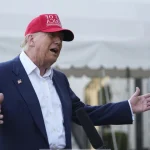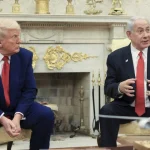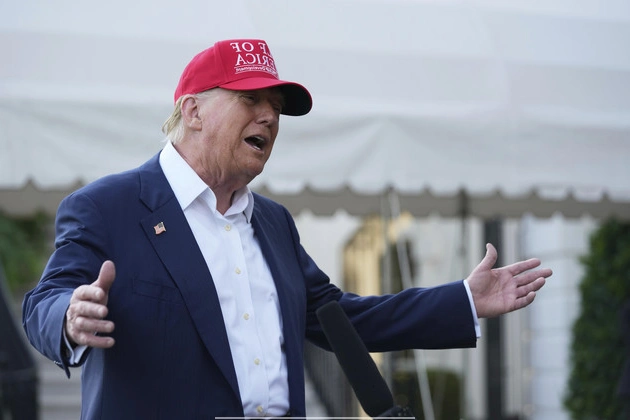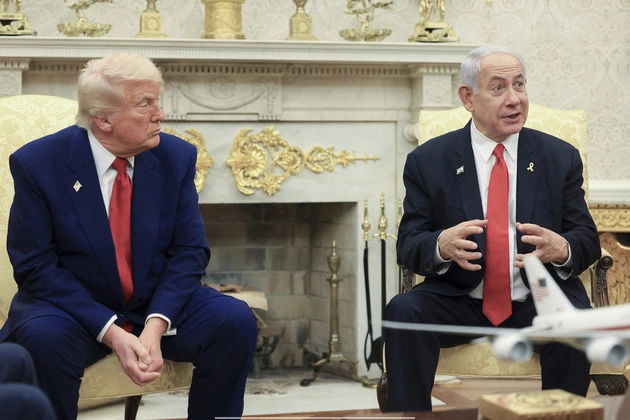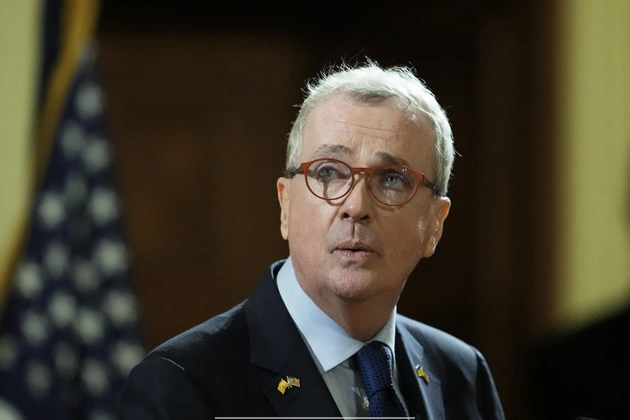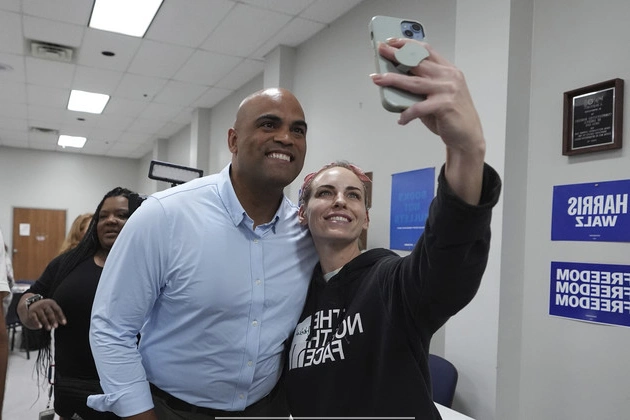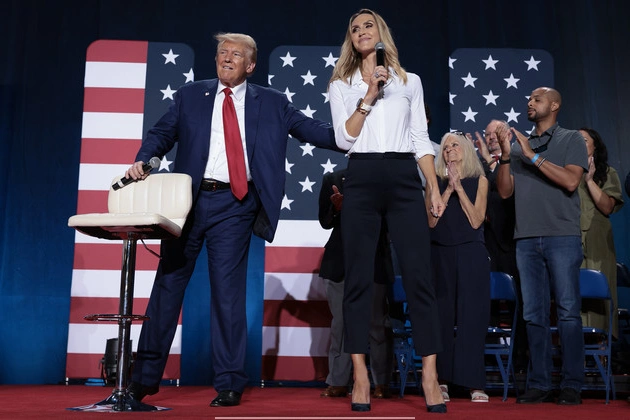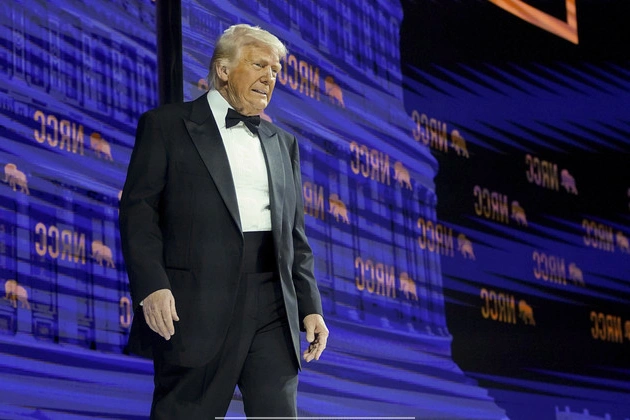
President Donald Trump recently disclosed plans to impose ‘major’ tariffs on pharmaceutical imports, aiming to revitalize domestic manufacturing. This strategic move is part of his broader initiative to incentivize companies to relocate production to the United States.
Challenges in Drug Imports
Despite previous tariffs on various products, pharmaceutical imports had remained untouched. However, Trump emphasized that this sector will not be exempt from the upcoming tariff adjustments.
During a gathering of the National Republican Congressional Committee, Trump declared, ‘We’re going to be announcing very shortly a major tariff on pharmaceuticals.’ He further explained that the anticipated tariffs are intended to prompt companies to shift their manufacturing operations away from countries like China back to the U.S.
Current State of Drug Manufacturing
In recent decades, domestic drug manufacturing has significantly declined, with a substantial portion of active pharmaceutical ingredient production outsourced to countries such as China. The Food and Drug Administration (FDA) highlights this shift in global pharmaceutical production.
Previous Tariff Actions
On April 2, Trump implemented global tariffs of 10 percent on numerous countries, with additional reciprocal levies scheduled to commence soon. Notably, Chinese imports will face a minimum 104 percent tariff, reflecting the administration’s firm stance on trade relations.
Although Trump hinted at forthcoming pharmaceutical tariffs, specific details regarding the extent and implementation remain undisclosed.
Trade Policy Impact
Trump’s recent tariff impositions have stirred mixed reactions, contributing to market volatility and economic uncertainties. Despite facing opposition, particularly within his own political party, the president remains steadfast in his pursuit of reshaping trade dynamics to benefit the American economy.
As discussions on tariffs intensify, bipartisan efforts are underway to address concerns surrounding tariff authority and its implications for economic stability.
Through his economic agenda, Trump aims to attract investments and reinstate manufacturing prowess within the country, fostering a climate conducive to business growth and job creation.
